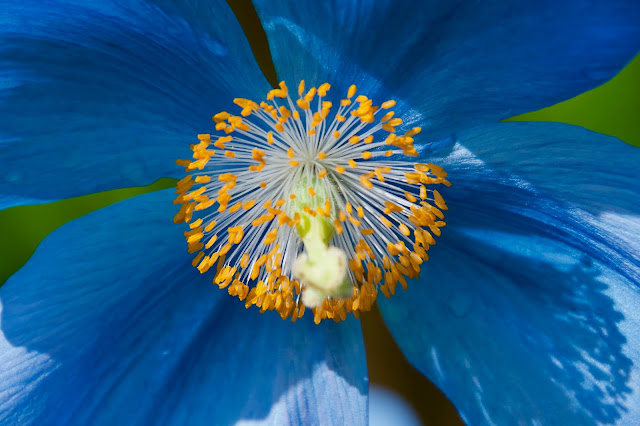 |
| Balnakeil Bay, Durness, Scotland |
 |
| Hiking to Three Finger Jack early 1970s |
Just when we think we’ll be overwhelmed by the news about the election and are faced with horrific stories of the pandemic, we then have to turn our clocks back and enter the darkest part of the year. It’s no wonder we feel depressed and lethargic. With all that baring down upon us it’s easy to see why we have little interest in usual activities. Most of us can readily acknowledge that we’ve got a case of the Winter Blues. But this year is worse and it’s more important to be aware of the real SAD (Seasonal Affective Disorder) syndrome.
 |
| CCC Cabin, Redrocks State Park, Nevada |
 |
| Rannoch Moor, Scottish Highlands |
Many will call it the Winter Blues, but the serious extreme is the clinical condition called Seasonal Affective Disorder or SAD. Most of us feel at least a mild winter blues when we notice the shortening of the days because of the time of year and the turning back of our clocks at the end of daylight savings time. But as many as 10 percent of Americans are more seriously affected. The impact is greater on those living in the northern areas and lesser on those living for instance in sunny Florida. The incidence of SAD is greater in women than men, according to most studies. And SAD hits hardest to those who are already struggling with mental conditions like depression, ADHD or eating disorders, according to the National Health Institute.
 |
| River Dochart at Killin GC, Scotland |
 |
| Cascadia Mt, Banff National Park, Canada |
 |
| Himalayan Blue Poppy |
The Yale School of Medicine says that symptoms of SAD begin gradually in September or October and last through March or April. These symptoms include:
- Feeling depressed all or most of nearly every day, pervasive sadness.
- Lack of interest in normal activities.
- Changes in appetite — overeating or craving carbs.
- Problems with sleep — oversleeping (hypersomnia).
- Having low energy.
- Having feelings of hopelessness and worthlessness.
- Difficulty concentrating.
- Social withdrawal, like hibernating.
- In the extreme, having increasing thoughts of suicide.
 |
| Heron Reflection, Ankeny Wildlife Refuge, OR |
 |
| On the Road to Death Valley |
The causes of are more difficult to identify than the symptoms, but studies from National Health Institute indicate that
- people with SAD may have reduced levels of the brain chemical serotonin, a neurotransmitter, or
- produce too much melatonin, a hormone which helps regulate the sleep/wake cycle, or
- may have lower levels of vitamin D which promotes serotonin activity.
 |
| Loch Morlich & Cairngorm Mountains, Scotland |
There are treatments for SAD that are more effective than that used by one fellow who stared into the copy machine at work to get extra light on dark days. Light therapy, though, is one of the effective treatments for SAD. There are commercially produced light boxes which would allow affected suffers to to get extra light in the morning and evening to help reduce symptoms. Dawn simulators, lights that slowly come on and brighten, to wake sleepers more naturally are also effective. Simple things like a walk in the fresh air and winter light can brighten your day. This is part of the reason I have chosen bright photos for this post—hoping to brighten your day. Other treatments include Talk Therapy or psychotherapy (positive thinking to replace negative feelings), medications such as antidepressants (only under doctor’s orders), and increasing vitamin D (only mixed results).
 |
| Old man of Storr, Isle of Skye, Scotland |
 |
| Reflection, Fisherman's Wharf, Victoria, BC |
This year, the winter of COVID, it is even more important to be aware of the dangers of SAD. Professor Kelly Rohan, University of Vermont, said that when patients in a SAD study were hit by COVID restrictions they had dramatic increases in their SAD symptoms and that the symptoms didn’t disappear in the summer like usual. COVID isolation is going to make even a mild case of Winter Blues harder for all of us to tackle. Hopefully knowing more about Seasonal Affective Disorder, and maybe seeing some bright photos, will make these difficult times a little easier to handle.
 |
| Rainbow, Tarbat Ness, Scotland |
Next: Will depend upon whether people wear masks and socially distance so we can begin to travel again.






Thanks for your caring post, Bob. CJ
ReplyDelete